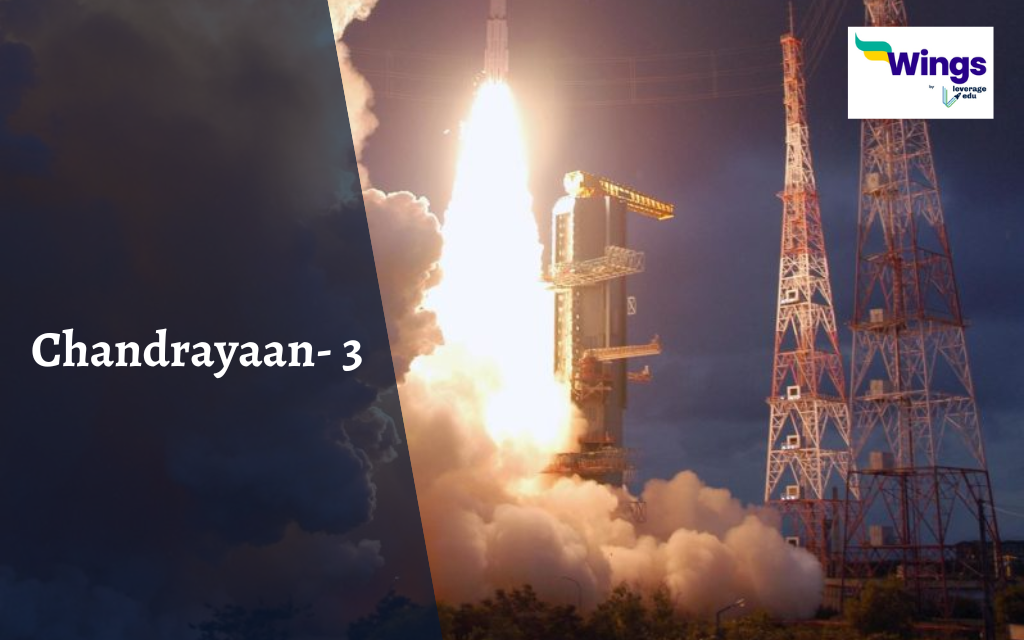The third Moon mission by India’s ISRO space agency is called Chandrayaan-3. The objective is to deploy a lander and rover upon the lunar surface and then maintain them there for around 14 Earth days, or one lunar day. The lander will carry the diminutive rover, which has a weight of only 26 kilograms (57 pounds), to the Moon. Both vehicles have scientific equipment for studying the surface.
Contents
What will Chandrayaan 3 do on the Moon?
A successful touchdown would be a major accomplishment for ISRO and would add them to a select group of countries that have succeeded in landing spacecraft on other planets. Beyond this accomplishment, Chandrayaan-3 has technological and scientific tasks to complete.
The Chandrayaan-3 lander’s side panel will quickly unfold after landing to act as a ramp for the rover. After driving down the ramp and emerging from the lander’s belly, the rover will start investigating the lunar surface.
The powered by solar energy lander and rover will spend about two weeks exploring their surroundings. They are not designed to endure the chilly lunar night. The rover can only get to the lander because it is in close proximity to Earth. The Chandrayaan-2 satellite can act as an additional communications relay, according to ISRO.
Also Read: Time Taken by Chandrayaan-3 to Reach the Moon
About Chandrayaan 3
India’s Chandrayaan 3, which was launched on July 14, 2023, is set to land on the lunar surface on Wednesday after completing its month-long journey from Earth. According to the most latest information from ISRO, Chandrayaan-2’s orbiter & Chandrayaan-3’s lander module are able to communicate with one another. This enhanced communication link makes the lander easier to control. On August 23, 2023, at 6:04 PM, the Chandrayaan-3 lander was slated to perform a gentle touchdown on the Moon. Anyone can watch the landing live online that started on Wednesday at 5:20 p.m. With this achievement, ISRO intends to spark young people’s enthusiasm for space exploration.
Why did Chandrayaan-2 fail?
The Chandrayaan-3 mission’s lander and rover are conceptually identical to those from Chandrayaan-2. The Chandrayaan-2 Vikram lander successfully descended to a distance of 5 kilometres (3 miles) from the Moon in September 2019 and switched to “fine braking” mode, which would have gently lowered it to the lunar surface. Chandrayaan-2, like its predecessor, was aiming for the south-polar region of the Moon, where ice has been discovered inside craters that are always in shadow.
Vikram, unfortunately, drifted off course due to a technical error, and ISRO officials lost communication with the spacecraft. Later, NASA’s Lunar Reconnaissance Orbiter discovered the vehicle’s wreckage dispersed 750 metres (a half mile) away from the designated landing site. Despite the mission’s failure, Chandrayaan-2 contained an orbiter that is still monitoring the Moon from above. The orbiter can look for water ice among other things for science.
Also Read: Chandrayaan 3 Landing Date and Time
How is Chandrayaan-3 better than Chandrayaan-2?
Knowing the exact cause of the Vikram lander’s demise, ISRO asserts they have upgraded the lander’s technology and performed a number of tests to ensure Chandrayaan-3 goes as planned. Despite not having an orbiter, Chandrayaan-3’s propulsion module, which will place the lander in lunar orbit, is equipped with scientific tools that will allow it to investigate Earth as if it were an exoplanet and gather data for prospective exoplanet research.
This was all about Chandrayaan- 3. Visit our General Knowledge Page to discover more intriguing articles about Science and Technology. Get in touch with the experts at Leverage Edu in order to kickstart your study abroad journey!
 One app for all your study abroad needs
One app for all your study abroad needs














